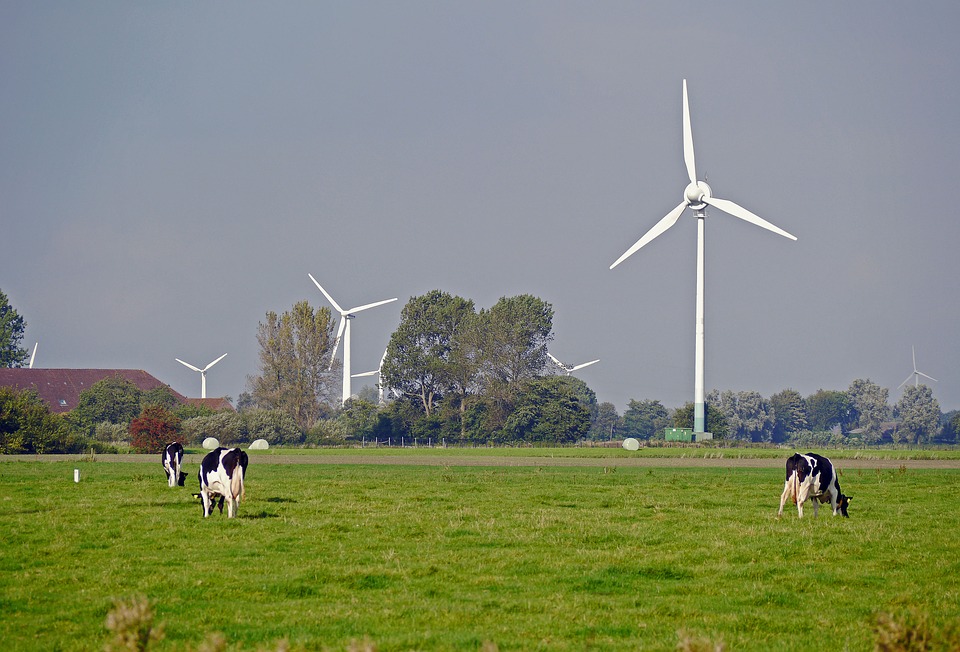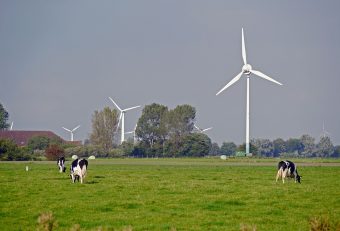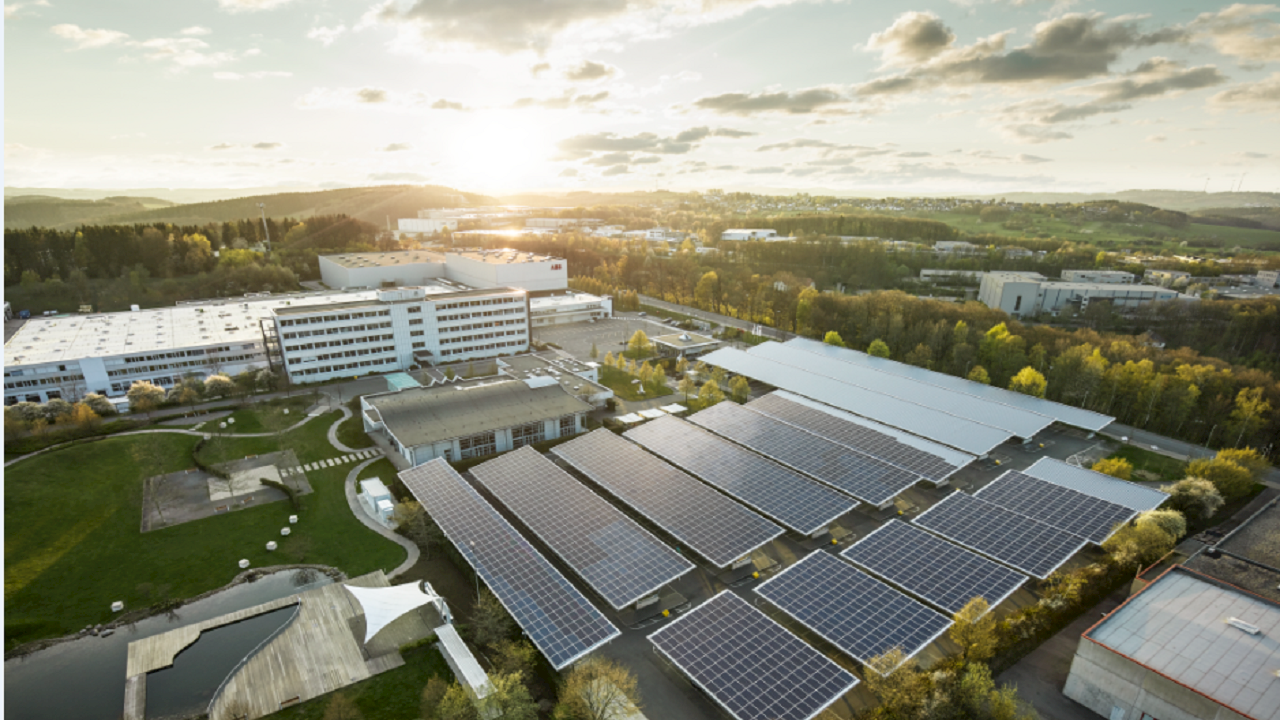
Mercedes-Benz has set a target to ensure its new passenger car fleet is carbon neutral by 2039.
It has also committed to ensure plug-in hybrids or all-electric vehicles (EVs) make up more than 50% of its car sales by 2030 under its ‘Ambition2039’ initiative.
The car manufacturer said it is driving its supply chain to comply with its carbon neutrality objective and is working with organisations like CDP to assess the environmental impact of its supply chain and conducting workshops with suppliers to identify effective carbon reduction measures.
Mercedes-Benz, owned by Daimler, says the upcoming ‘Factory 56’ addition to its Sindelfingen plant in Germany will produce luxury cars and EVs and use renewable energy, becoming carbon neutral from the outset.
It also aims to ensure all its European plants follow suit by 2022.
The company added: “To us, the Paris Agreement is more than an obligation – it’s our conviction. And we have set a clear course to help prevent further acceleration of climate change. However, this transformation is a huge challenge – technologically and financially. After all, we want to make sustainable mobility even more exciting, not more expensive and of course, this is also about sustainable business results.
“How do we deal with this? One way would be to shy away and just try to safeguard the status quo. But that would not serve our purpose – and certainly not our future. So, we prefer doing what our founders have done: they became system architects of a new mobility without horses. Today, our task is individual mobility without emissions.”
Source: Energy Live News































